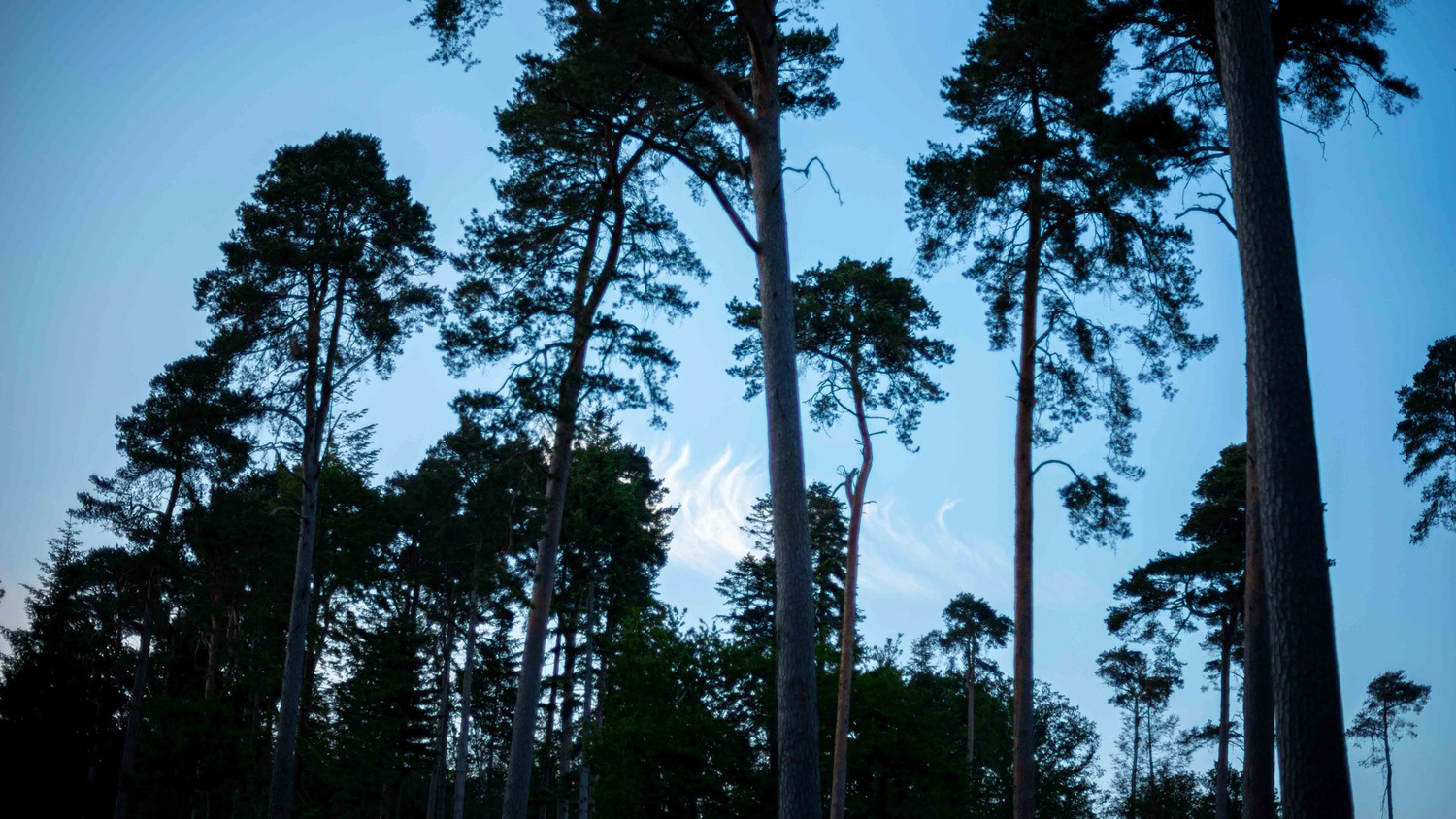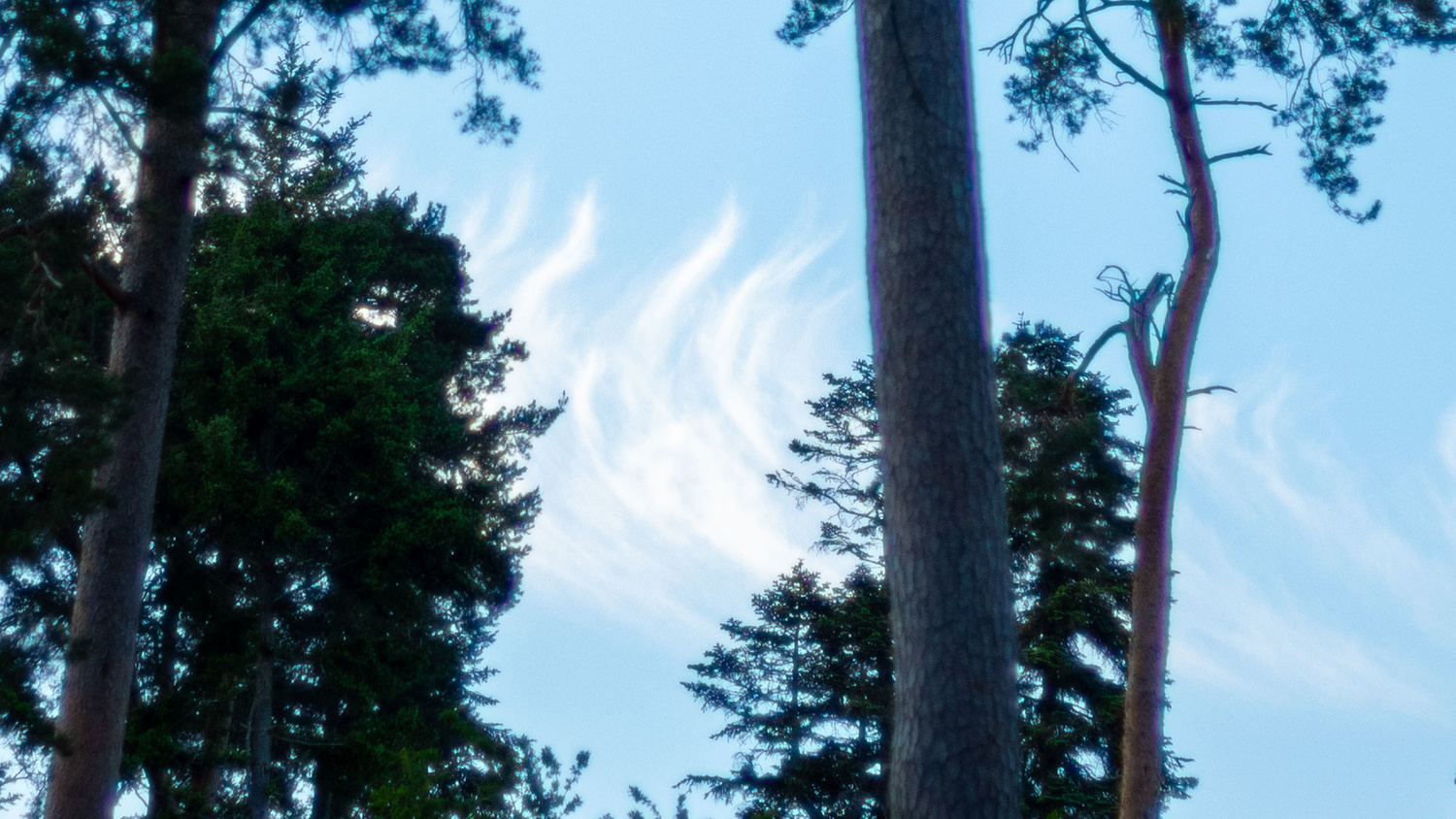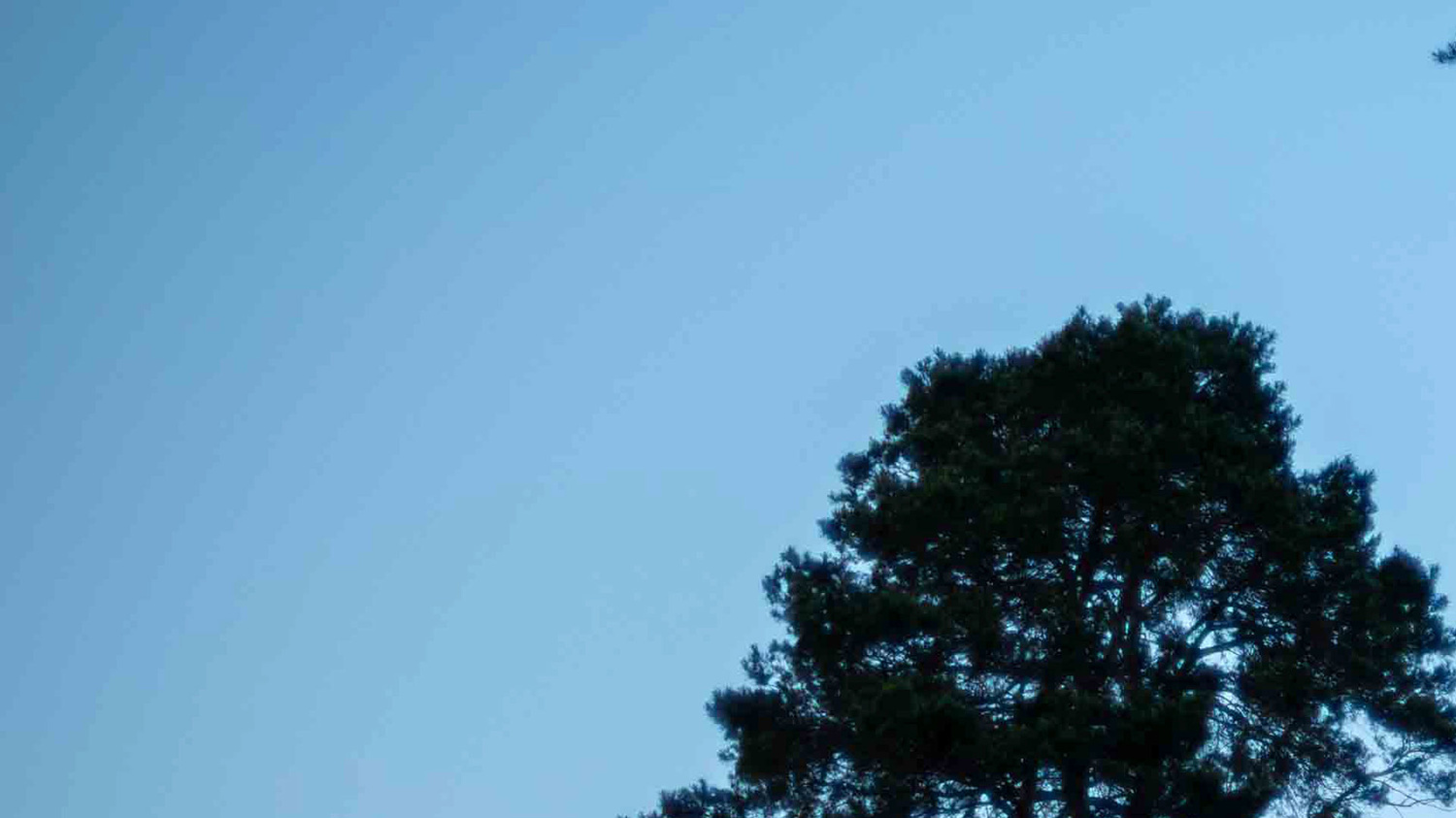When I first started taking digital photos I had no idea what the difference between JPEG and raw was, but now I know I'm never going back to shoot JPEG in-camera for these specific seven reasons.
On the whole, most photographers attempt to shoot raw format wherever possible. That is, the lossless image file that your camera automatically generates stores extra metadata related to the color, brightness, and more of said photograph. However, there are still some that shoot JPEG in-camera through either ignorance or necessity. I won't be getting too technical or scientific with my approach to this subject, rather I'll be going on real-life experience and what I've found in my time as a full-time photographer.

I find giving a real-world approach to pixel-peeping such as studying JPEG compression issues is actually more useful than analyzing hard data, even though I adore the process and application of science itself
JPEG is a reliable image file format that's widely viewable across a range of devices around the world, so it's a useful file format in terms of sharing images, but shooting straight to JPEG in-camera, in my opinion, is a bit of a no-no. That's because we no longer require the smaller files that the compressed JPEG format offers because memory capacity has rather caught up with the larger file sizes that cameras are capable of nowadays (though we're starting to see that turn again with the advent of hyper resolution monsters that shoot 50MP+). Throughout this piece, I'll demonstrate with actual examples of JPEG compression using minimum and maximum compression standards. Unfortunately, because I'm sharing this with you via the web all the photos will be JPEG format, but I hope you get the gist.
I recognize that there are some photographers that find shooting straight to JPEG completely essential, such as photojournalists, sports photographers, and other media/news outlets that require the ability to publish images almost the instant they happen. I also realize there's the ability to capture both raw and JPEG simultaneously, or on different cards in dual-card slot cameras, but unless you're working in the aforementioned fields, rarely if ever will you need to turn something around so quickly that you have to bypass the editing stage entirely. For the rest of us, it's no longer a necessity to shoot like this, so here are 7 reasons why I'll never shoot JPEG, in-camera, ever again.
Changing Color Profiles is a Pain
My approach to color profiles and white balance is this: keep it the same, all the time, every time. On my Nikon I like to shoot in the "neutral" picture control (read: color profile) and with my white balance set to flash. I even keep the screen brightness at +1 at all times. This consistency allows me to manage my opinion over the exposure and featured color in a shot. Exceptions I make are when I switch to tungsten or fluorescent white balance and dim my screen to -5 when shooting astro at night, the former to reduce the impact of orange light pollution and the latter to stop the strain of my eyes as I fumble around in the dark.

I normally switch to tungsten or fluorescent white balance when shooting astrophotography because it allows me to visually remove a lot of the orange light pollution should any be around. Later I will tweak the white balance in editing software to make things more realistic
But when it comes to editing my shots I tweak both aspects significantly if I feel the original shot isn't right. That's where JPEG normally lets me down. There have been times I've needed to shoot in JPEG in-camera (rarely) and I don't bother making a raw backup, only to head out a few days later forgetting to set it back. It's only when I've come to edit those shots and been flummoxed as to why the color isn't matching up like it always does that I realize what I've done. It's hard to explain but the color palette doesn't shift like I'd expect it to in raw. The gamut hits brick walls and I can never get that subtle, finely-tuned look I'm going for.
Compression Artifacts
When working with shots at 100% zoom I've noticed on more than one occasion with JPEG files that there's a strange quantizing of pixels. Things start getting more blocky the more you zoom in and the reason for that is that in order to compress the file, the JPEG format actually discards information inside the image.
Depending on the amount of compression applied these artifacts are either more or less noticeable. Also, when editing images and adjusting things such as tone and color, due to the lack of information in the photograph, you're also prone to discovering other issues such as increased noise (or grain) across the frame, and also color noise where random sections of light or dark have speckled color highlights instead of the natural tone that's already there.
Ability to Save Shadows
It's incredibly hard to boost the shadows of a JPEG image without incurring some kind of obvious degradation in image quality. Quite often, the data just isn't there to support the boost and as such it looks muddy and even gritty in places. Take a look at a zoomed-in example below. You can see that detail is missing completely from the tree foliage and trunk. The needles are simply a mass of green blobs with no definition. Use the slider to compare minimal and maximum JPEG compression examples.
Ability to Save Highlights
For the same reason as above, it's much more difficult to save or edit highlights in shots taken in JPEG format. Let's take a typical example of an outdoors shot that includes a bright sky and darker foreground. Exposing for the foreground will overexpose the sky and in some cases lead to clipping. In a real-world scenario once clipped, a JPEG file is unrecoverable. You try and drag down the highlights or reduce the whites sections and all you'll get is a gray, blank mass.
However, do the same thing with a raw file and you'll find that those once-clipped highlights are now recoverable. In fact, it's probably a good idea to overexpose scenes in some cases when shooting raw because a small level of clipping is acceptable because you'll be able to recover it later in editing software and it can help reduce noise in shadowy areas.
Flexibility in Exposure
I use Adobe Lightroom to process 90% of my photographs and the current iteration gives users the ability to boost and reduce the exposure value of a shot by 5 stops. That's 10 stops from minimum to maximum, overall, which is huge. This works magnificently well with raw files as I can then tone highlights and shadows to suit the mood of the photo. But in JPEG, though it has the same function, the results are sub-par (to my eyes at least) and don't give the same dynamic range I would normally expect from my editing workflow.
Reducing Noise
The lack of data in JPEG files also means that correcting noise, whether from high ISO values or long exposures, is also quite inflexible. Shots seem to turn to smooth glass whenever I add a little noise reduction. You've probably seen the same thing when the image is suddenly devoid of noise only to be replaced with small facets of smooth, glass-like fragments that tesselate throughout the frame.
Posterity
When I'm finished with an edit, I'll save it as a high-quality JPEG. I don't mess around with TIFF because they're much larger in file size and I've had some clients who don't know how to work with them (yes, hard to believe I know.) JPEG is widely compatible and probably the world standard in terms of image sharing online as I mentioned before. But I like to keep original raw files so that I can go back to them either a few days, months, or years later if I want to re-edit them.

Compressed JPEGs might be a good way to store your edited photos if you're running out of space, but you lack the ability to reedit them in the future
Editing software is constantly becoming more sophisticated and new tools are being developed all the time that give me the ability to edit better and more accurately. I mean, what I wouldn't have given 10 years ago to have an object selection tool like Photoshop offers. Also, my taste changes over the years and the edit I loved five years ago may be too on-the-nose for me now. JPEG stunts that editing process significantly and that's one of the main reasons I prefer not to shoot it in-camera.
News laptop image by Negative Space via Pexels and main image by Pixabay via Pexels.
















How long has the author been a photographer? Anyone shooting digital in the past 15 plus years should clearly know the limitations of canned profiles vs full data.
That would have been a great april fool's joke for fstopper 😂 With the picture of the photog taking a pic with the lens cap on 😂
Jesus, RAW epiphany on a prosumer photography website, in 2020, the downfall of fstopper reaches a peak.
"I recognize that there are some photographers that find shooting straight to JPEG completely essential, such as photojournalists, sports photographers, and other media/news outlets that require the ability to publish images almost the instant they happen. " What? That makes very little sense.
"I recognize that there are some photographers that find shooting straight to JPEG completely essential, such as photojournalists, sports photographers, and other media/news outlets that require the ability to publish images almost the instant they happen. " What? That makes very little sense.
That’s how sports photogs do it at pro games. They shoot jpeg and send off immediately for publication with no processing of the images.
Same for events such as red carpet photography in Hollywood.
As for photojournalists (big newspapers), it used to be the rule they had to shoot jpeg and might still be the case.
It’s for speed and authenticity.
On your last paragraph, yes they do. To me it kind of does and doesn't make sense considering buffer and memory cards of today when you can shoot both format and not even notice it. Considering print publications are not what it used to be, I think they can get away with it. A lot of the top event photographers cross field from car racing to soccer to Olympic... I would consider these photographers are a tiny group.
I assume the reason for photojournalists shooting jpg is for authenticity. They don’t want to be accused of altering the images. In fact Canon used to sell a gadget that attached to the 5D and 1D “pro” cameras that embedded a stamp of data to verify the jpg was original and unaltered.
That said I assume the vast majority of people who buy DSLRs and mirrorless cameras shoot jpg. Occasionally I consider going back to jpg for simplicity, purity, ease and fun but I’m too addicted to processing my personal images (I have to shoot raw for my paid work).
In other news water is found to be wet... I would say there are few reasons why shooting jpeg is a good idea...
...and why is he shooting with a lens cap on? Asking for a friend.
lol!
That's funny AF!
This guy can't catch a break! LOL!
Effin' funny.
In all fairness, I'm sure Jason was merely posing for that particular image, but still, that's funny.
Sorry, but you can't justify this one. LOL
LOL?!
Yiu mean he wasn’t taking a photo of the inside of a lens cap? I think we all get that this was a posed shot made to look like an action candid.
I am so out of what is hip, I figured I was missing something.
Maybe it's a test to see who's paying attention.
Yep, this one is bad, real bad, LOL.........................
Good to know you found this month's easter egg ;)
:)
Why do you need to ask?!? You always need a few blank shots for photo stacking Astrophotography to remove the hot pixels.
Or perhaps it's an example of a Street Photographer poser?
"I won't be getting too technical or scientific..." You lost me here. I'm guessing you don't know the difference between science and the various forms of engineering in the capture and file creation. Granted, the engineering is based on science, but there is nothing scientific in pointing out there are advantages to RAW that you don't get in JPEG. You should have left it at technical.
exactly my thoughts, and again its Mr Jason Parnell for the yaaawwwwnn article of the day
Never say never.
Wait but there is more:
https://fstoppers.com/film/main-reason-i-dont-use-my-film-camera-534095
Why did you ever? Just maybe because you would shoot 50K images over the week-end?
The best part of this article, is that it did not send me to another time wasting You Tube video. For that, Thank you!!!
Excellent, excellent article. Although I'm primarily a JPEG out of convenience, you've made a lot of good points. Thanks!
yawnnnnnnnnnnnnnnnnnnnnnnnnn
There are perfectly good reasons to shoot JPG other than ignorance or necessity.
I'm sure my list isn't exhaustive. What are the reasons you shoot JPEG?
Fuji definitely comes to mind with their beautiful film simulation jpg profiles. If I was a Fuji shooter I’d capture both jpg and raw.
This is basically it, especially with Fuji profiles. My Canon 5Div has really nice JPG profiles too, especially when tweaked to personal taste. I used to shoot RAW exclusively, but now we're at a point where JPGs out of camera look better than RAW out of camera when all we're doing is posting to social media. I just can't be bothered to do all the extra work in order to make the RAW look amazing, when the JPG looks near enough perfect SOOC.
Have you tried creating or downloading and installing custom Picture Styles to your Canon? It’s pretty neat if you haven’t played around with that yet. Essentially you can do a lot more than simply adjusting contrast/saturation/tone and the like. You can make your own from scratch using Canon DPP on your computer then instal it in your camera and your camera will take jpgs that look exactly like you want with the color and rolloff curves you like. Load up a RAW in DPP, play with all the sliders until it’s how you like it, then save it as a custom Picture Style.
I made one that is optimized for taking photos of my family inside my home after dark to make their skin tones look best under the lighting in our house. As a bonus yiu can use them for video also.
I shoot JPG because I don't want to have to do all that RAW editing. Especially for travel photography. It would drive me nuts to have to edit all those RAW files, just to make marginal improvements in regards to shadow and highlight detail, contrast settings, de-noising bla bla bla, when in reality I just want to share the picture of that cathedral I visited with my friends and family on facebook.
agreed! Sometimes jpg's look good enough but I think it should be an active choice to do so.
This. 100%
Y A W N zzzzzzzzzzzzzzzzzzzzzzzzz!
Thats so cool, they found an article from 2008 and re-released it.
Shoot Fuji and you are fine..